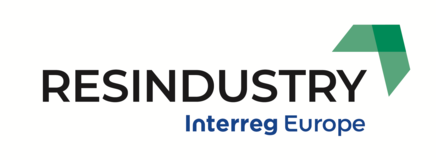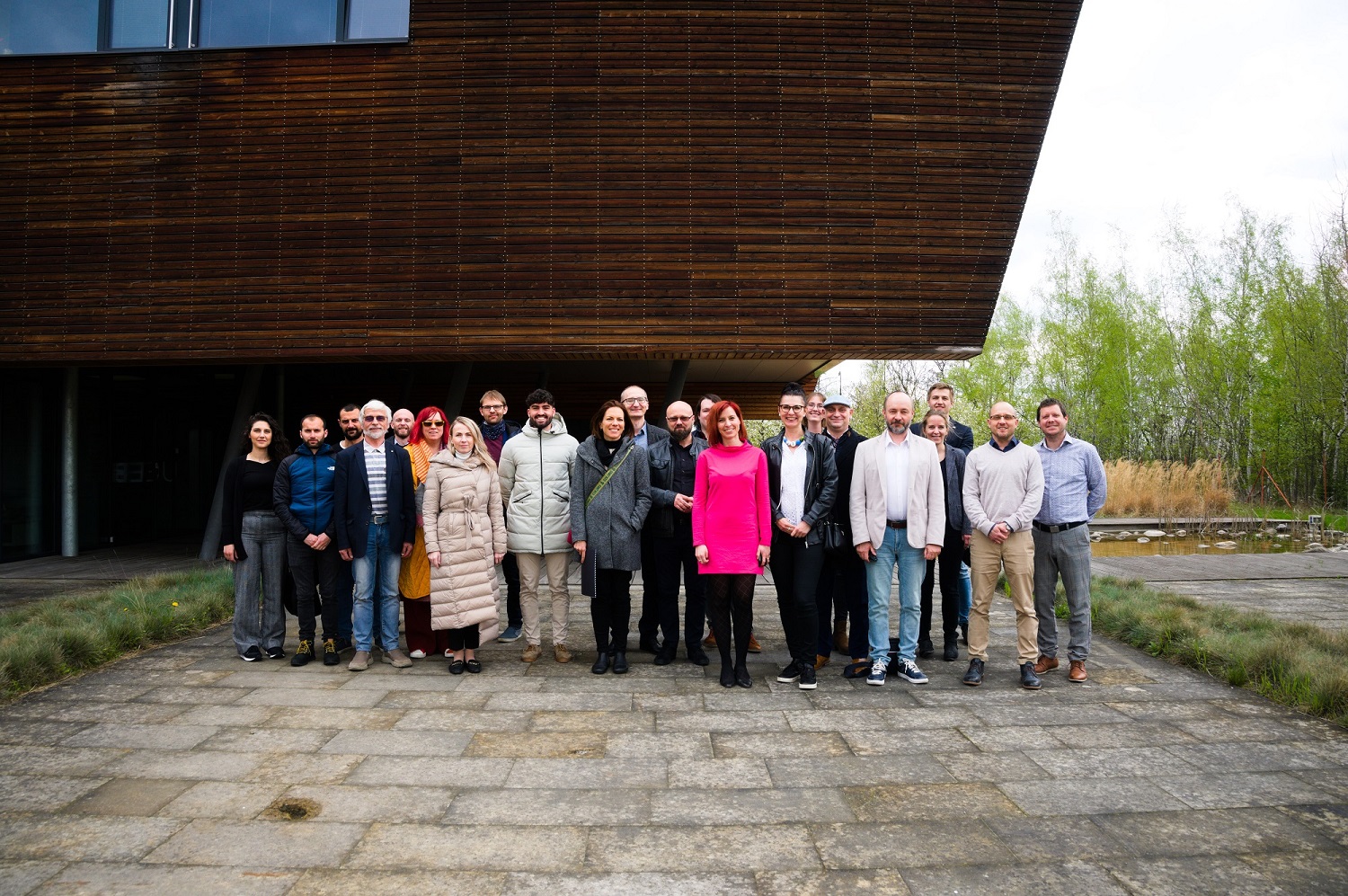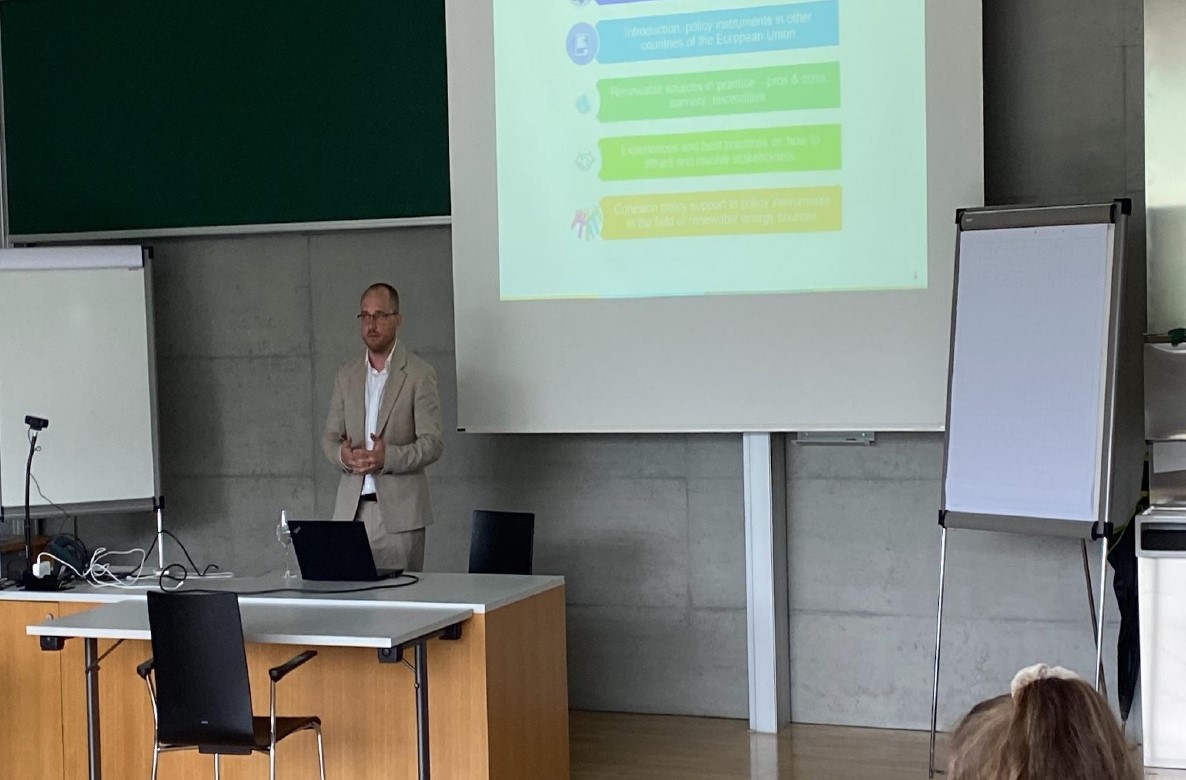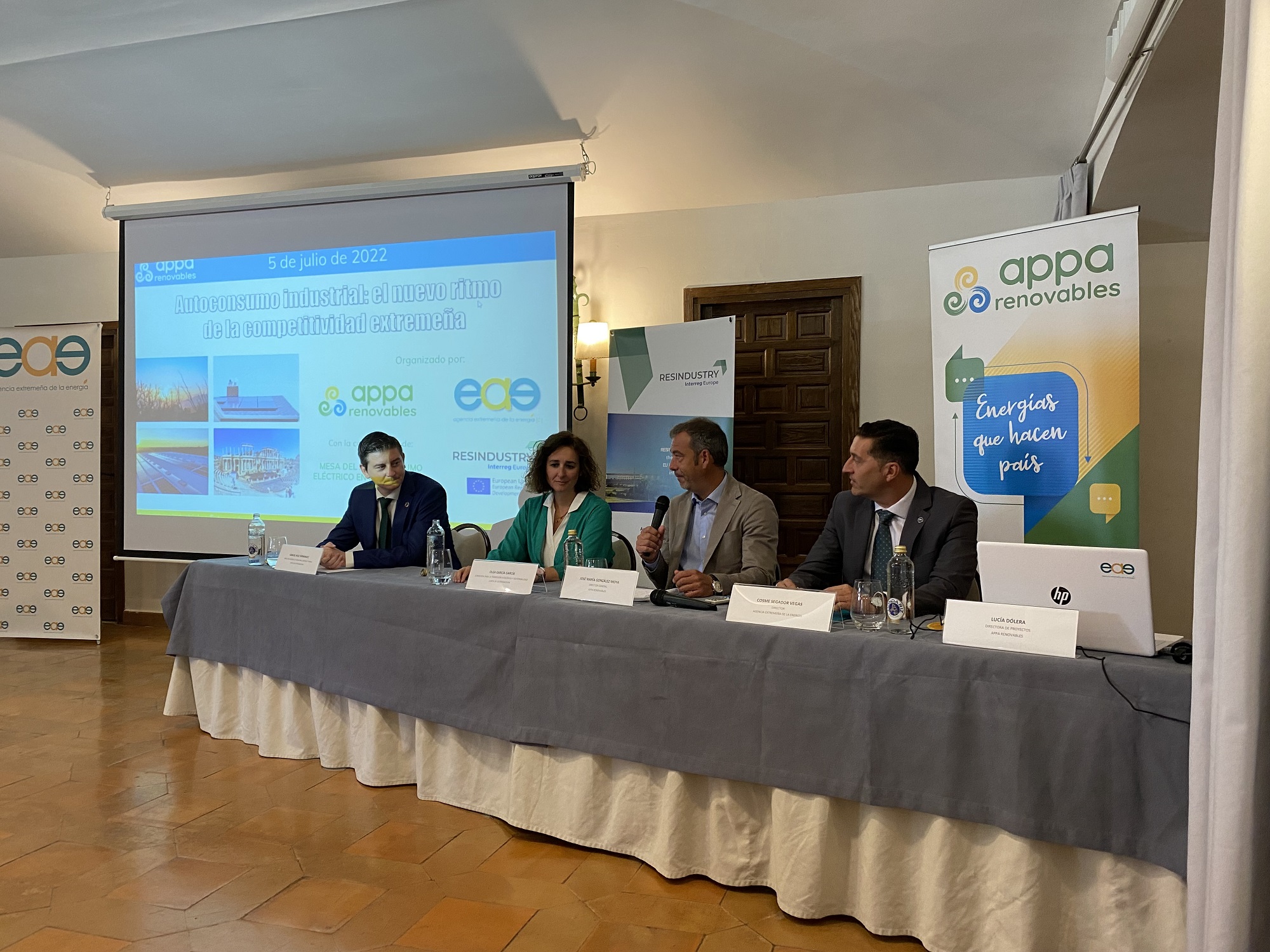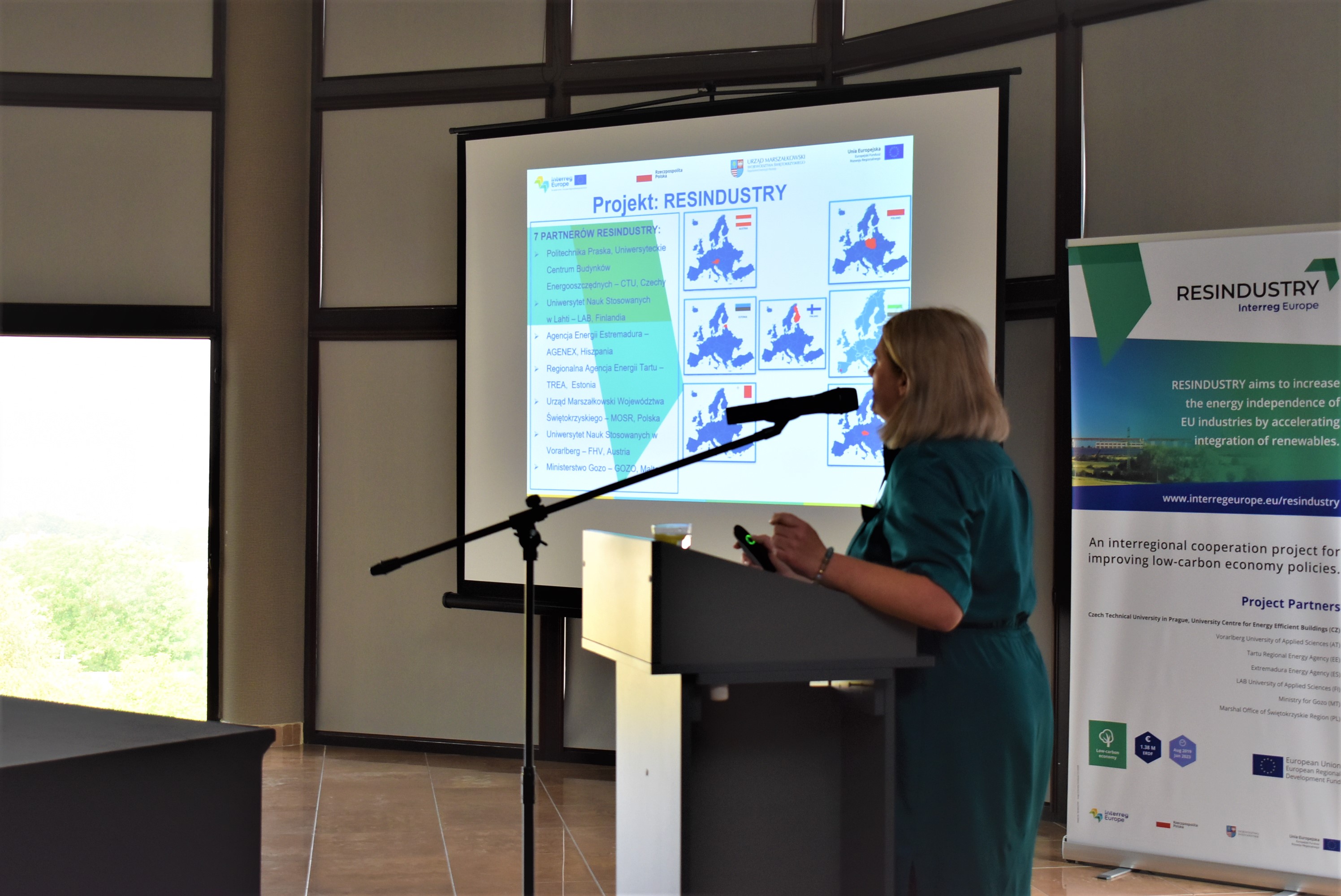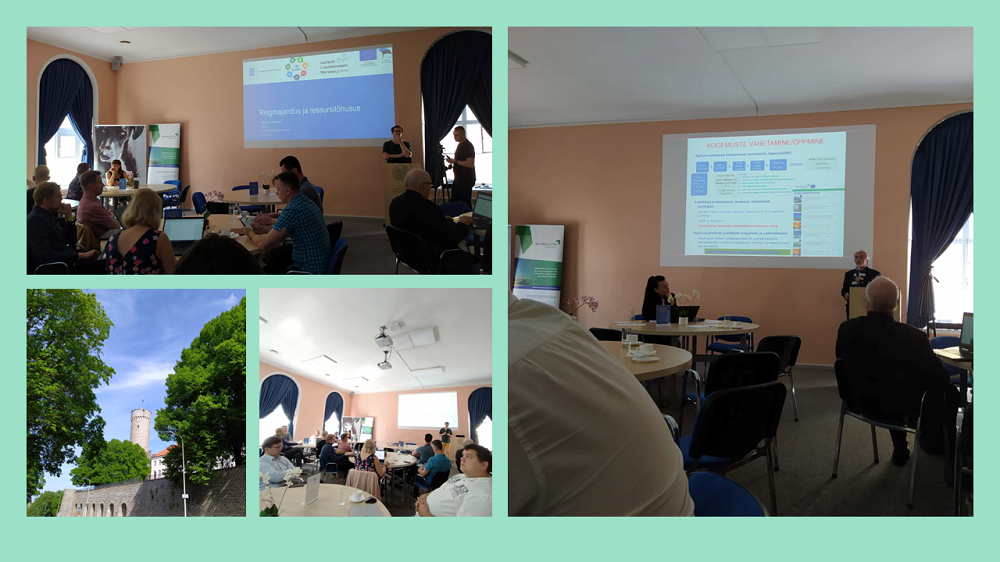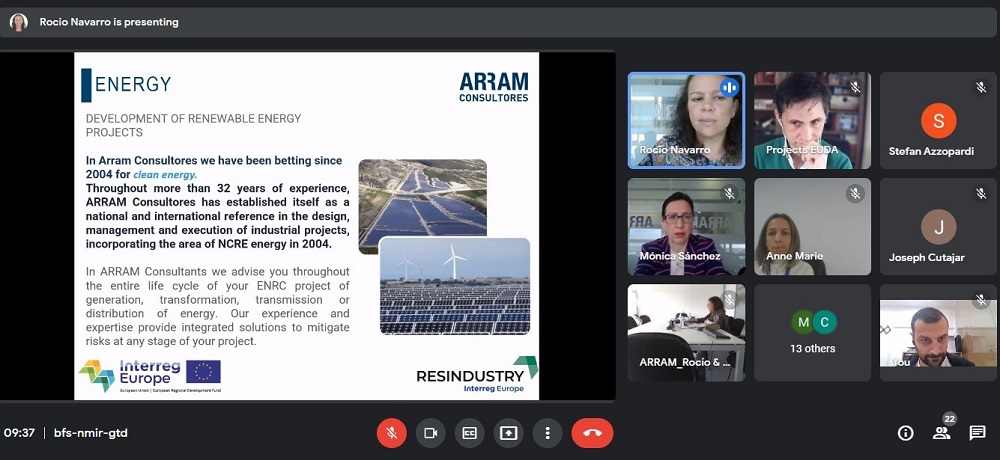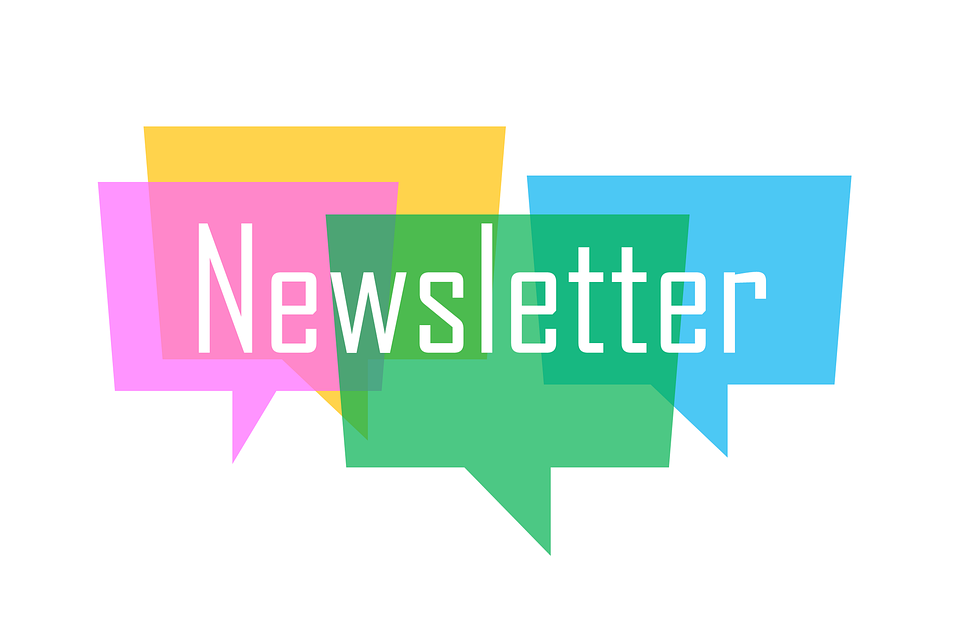The challenges and interventions are framed by the goal of moving to a climate-neutral, resource-efficient circular economy by 2050. New EU Circular Economy Action Plan and Industrial Strategy means promoting the transition from a linear to a circular economy and significantly reducing the impact of climate change. Measures for that are part of Green Deal in Industry sector and are mainly contributing to the strategy "Estonia 2035" strategic goal: The Estonian economy is strong, innovative and responsible. Circular economy and resource efficiency is under Greener Estonia objective that one in five main objectives will drive EU investments in 2021-2027.
State budget strategy approved by the government in May 2021 the energy sector focuses on increasing the share of renewable energy, energy efficiency and ensuring security of supply the challenges of the measures for industry are similar to energy sector, except energy sectors focuses more on share of renewable energy and industry sector’s focus is more on energy efficiency and resource productivity. Main challenges for industry sector are not valuing resources and the lack of valuable resources from waste. For that reason, the focus will be transition on circular economy. Measures are in accordance with the 2020 report on Estonia that said: the need to invest in the circular economy remains significant, Estonia has low resource productivity and high domestic material consumption and waste generation hamper competitiveness. They largely coincide with what was stated at the beginning of the Interreg Europe project “Policies for Renewable Energy Sources in industry project” with acronym RESINDUSTRY.
It will take at least half a year of meaningful discussions with stakeholders before final measures are announced and conditions set. It is said that measures will come out in 2022, but it is announced that the overarching goal of interventions is to facilitate the transition to a circular economy based on different levels of the waste hierarchy, to prevent and reduce waste generation and to create production and consumption patterns that consider the principles of sustainable design throughout the resource chain.
Based on existing measures such as improving energy and resource efficiency for enterprises and conducting resource audits the development of a resource efficiency measure, including energy efficiency, digitalization and automation, will be continued. Due the measure renewable energy equipment, such as PV panels on the roof, biofuel boilers, biogas production equipment etc., has been installed in many companies. The idea of support measure has been to look more broadly on resource productivity to achieve goals set as the just simple replacement from one energy source to another, even if renewable, is not solution for industry in 2020s. Additional measures are focusing waste and circular economy. Like the prevention and reduction of waste and packaging and re-use of products. And in circular economy direction the implementation of circular economy-based production and consumption models, including the goal to train at least 50 experts in the field of circular economy to boost implementation of measures and improve circular economy.
References:
• Rohegaasidele ja taastuvelektrile üleminekuks on oodata miljoneid eurosid. Rohegeenius: https://rohe.geenius.ee/rubriik/rohemajandus/rohegaasidele-ja-taastuvelektrile-uleminekuks-on-oodata-miljoneid-eurosid/
• EU new financial period grant discussion week for partners. Greener Estonia objective. Circular economy and resource efficiency (23rd of March 2021): https://rtk.ee/toetusfondid-ja-programmid/euroopa-liidu-valisvahendid/2021-2027-planeerimine#rohelisem-eesti
• Eurotoetuste arutelunädalal osales pea tuhat eksperti ja partnerit. Rahandusminsiteerium: https://www.rahandusministeerium.ee/et/uudised/eurotoetuste-arutelunadalal-osales-pea-tuhat-eksperti-ja-partnerit
